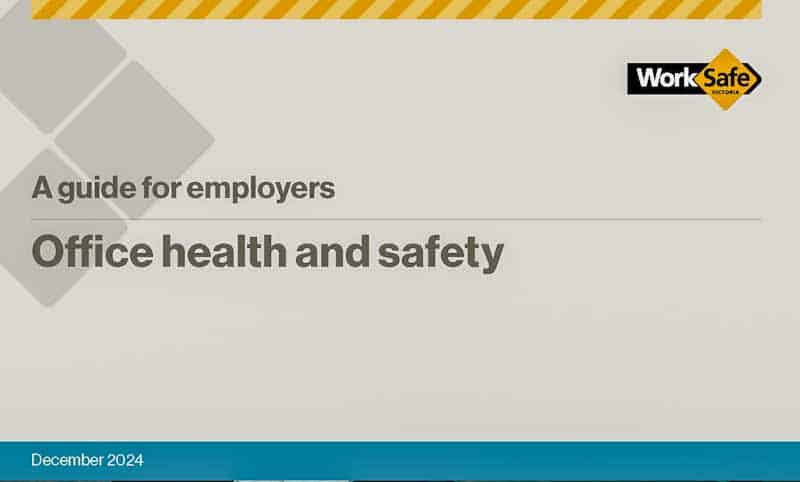The Australia Institute is a progressive (Left-leaning) research institute that recently commemorated its 30th anniversary with a book called “What’s the Big Idea?” Contributors are compatible with the Institute’s ideologies, but some chapters overlap with occupational health and safety (OHS).
Category: design
The 2024 WorkSafe Victoria Awards night
At the end of February 2025, WorkSafe Victoria held its annual awards night. The event met all of its requirements on the night—recognizing excellence and rewarding it—but it should also be a launching pad for innovation in occupational health and safety (OHS) and a media event in the broadest sense.
Work Health and Safety through a new perspective
2025 has started with a flurry of blog activity and more than a flurry of political change in the United States. It is easy to become distracted by those changes, but a refocus on local issues, new thoughts, perspectives, and new books may generate a balance of sanity. Here is a taste of one book that I have not had time to read entirely but that has potential.
The most recent guidance on office safety, including psych safety and working from home
In December 2024, WorkSafe Victoria released “Office Health and Safety – A Guide for Employers“. Sadly, it seems to have (half) dumped the Officewise brand. If WorkSafe had kept it, the guide would have been part of an illustrious history stretching to the last century when the first edition was published in 1995. The new guide has some interesting advice on occupational health and safety (OHS) issues related to working from home, but workplace mental health seems more prominent than in earlier editions.
Lessons on management of heat from the Australian Tennis Open
One of the best articles about managing heat exposure at work is by Madi Chwasta of the Australian Broadcasting Corporation, who wrote about the Australian Open tennis tournament.
Tennis is usually played outdoors in summer, at least in Australia. The Australian Tennis Open, held in Melbourne, was heavily promoted and had a high public attendance rate. Some tennis matches are conducted in facilities with retractable roofs, but many others are held on outdoor courts with limited shade and no air conditioning.
Why buy a dog and bark yourself?
Effectiveness is critical in assessing one’s occupational health and safety (OHS) management system. One must be sure that the system works and to repair or improve that system when a deficiency is identified. We must create and maintain a safe system of work, and we must trust it and respect it.
So why do we feel the need to remind our colleagues of their OHS obligations, which the system has already educated them about? Indeed, they are grown-ups who know what they need to do and appreciate the importance of their own safety and the safety of their teams. Part of growing up is learning from one’s mistakes by experiencing the consequences of one’s decisions and actions. A large part of OHS management is keeping people from harm and recognising and accepting that people are integral to the management system.
Two new books that challenge our OHS beliefs
I know the basics of occupational health and safety (OHS), but I struggle to integrate those basics into the changing world of work. As such, I have been reading about work’s socioeconomic, political, and philosophical context and how I can adapt OHS to workers’ needs and employers’ desires. Two books I purchased last week are challenging my understanding of work and OHS. Unsurprisingly, neither of them is about OHS. We often learn more about our own OHS discipline from how others see it.







